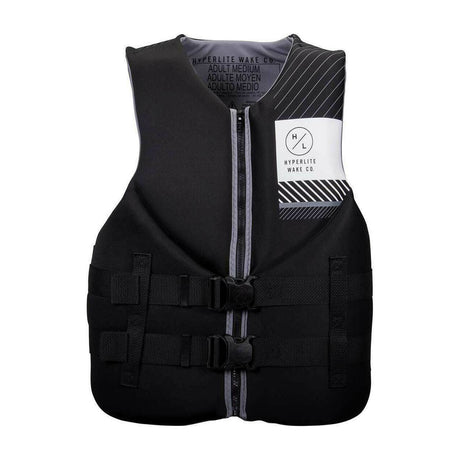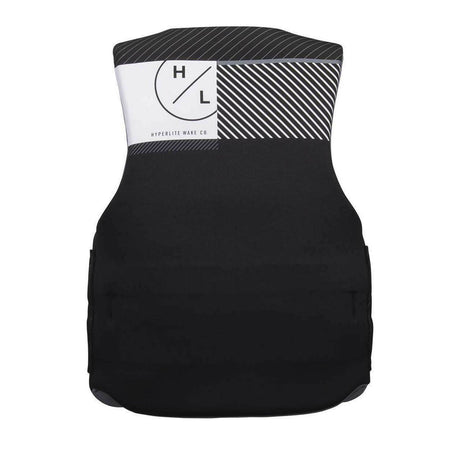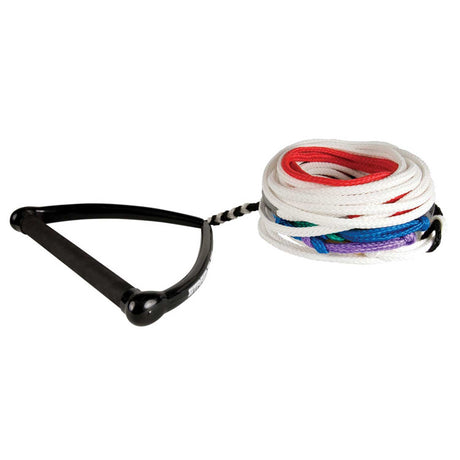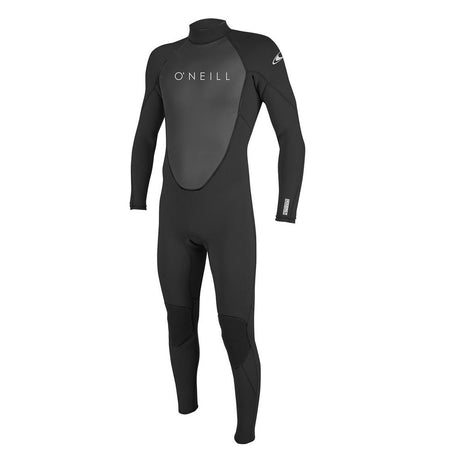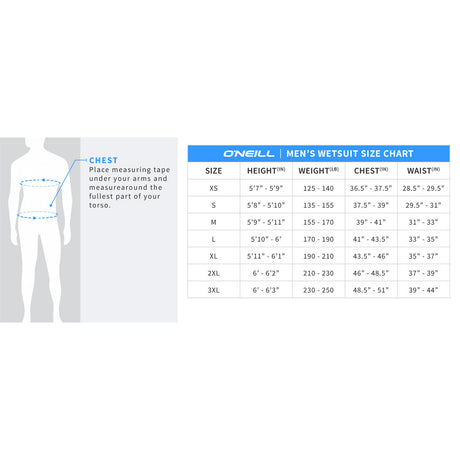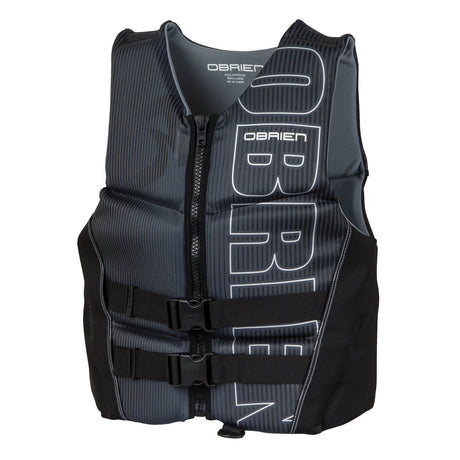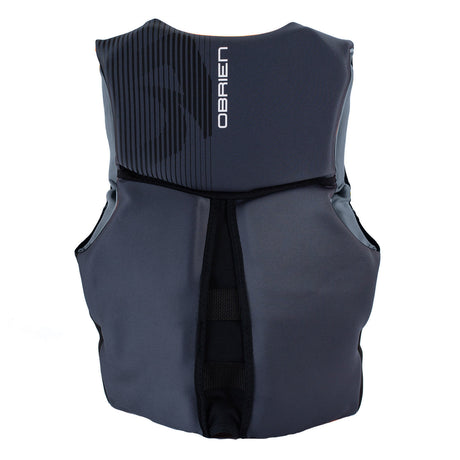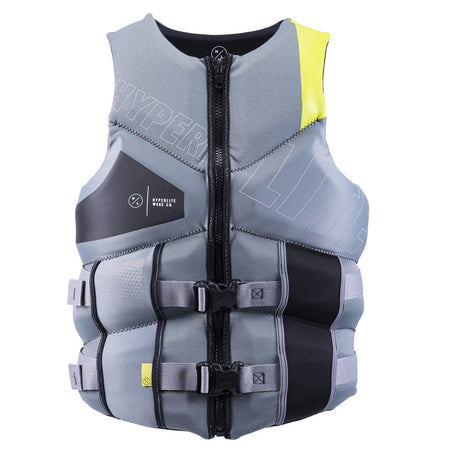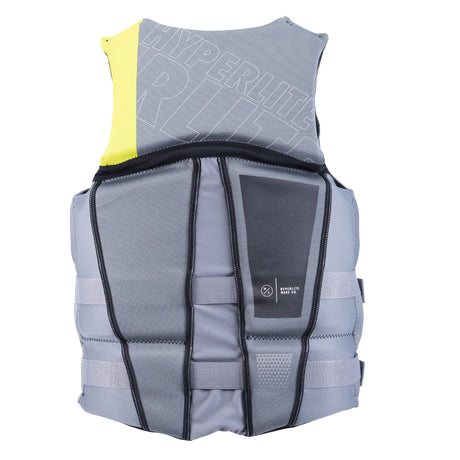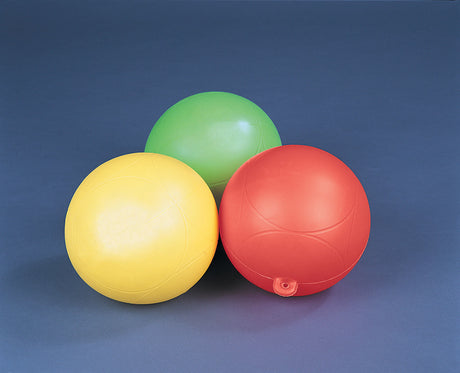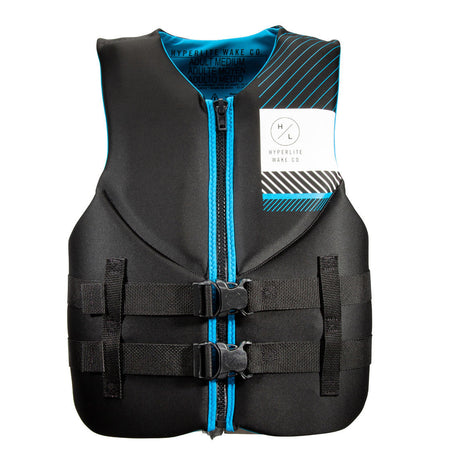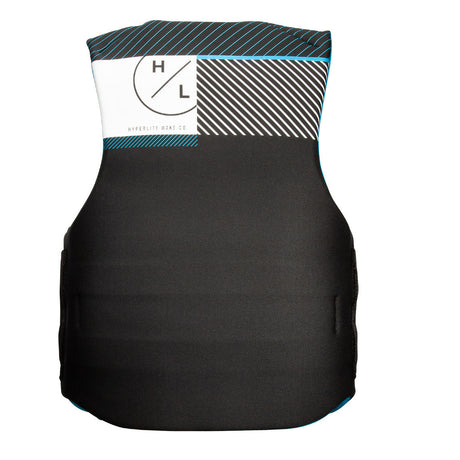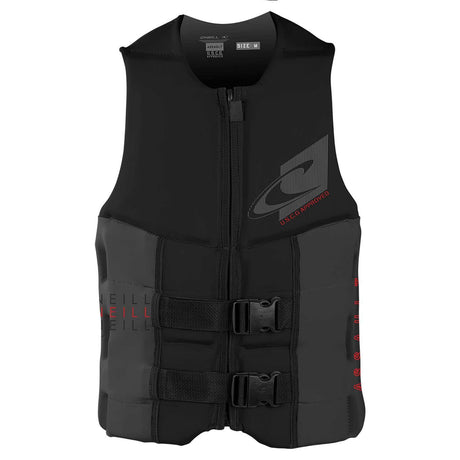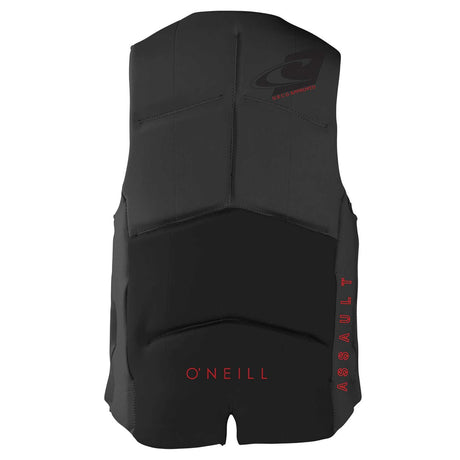Chances are, your slalom water ski (or skis, if you're riding combo) have fins. Most skis do, in fact -- save for trick skis, but they're the rare exception. As a beginner, ski fins can dramatically improve your riding, and even experienced skiers use them.
But, like all other gear in water skiing, proper setup makes all the difference in improving or harming your performance.
How to Adjust Water Ski Fins
Not all ski fins are adjustable. Some are bolted to the ski in a fixed position, making them nonadjustable. If that's the case with your skis, don't sweat it -- your fins are set up by the manufacturer to provide a good balance of stability and control.

If your fins are adjustable -- like the fin on the HO Omni (pictured) -- reference some of the common challenges you may be facing when you're riding, and adjust your ski's fin(s) accordingly:
Improve Turning Ability
You might find your ski tracks straight like a laser -- but then it feels almost impossible to initiate a turn.
This is a problem caused by ski fins that are too big, or that ride to deep in the water. To improve your turning ability, decrease your fin depth.
If fin depth can't be changed, try moving the position of the fin rearward. This will give the ski greater leverage to overcome the resistance of the fin when turning.
Slow Down Offside Turns
A quick offside turn is necessary for clearing buoys as efficiently as possible. But turning into the offside too quickly will inevitably result in a wipeout.
If your offside turns are putting you into the corner too quickly, move your ski fin backward. If you find this affects your overall turning ability negatively, you can also experiment with tilting the front of the fin downward.
Try both adjustments until you achieve a good balance of tracking and responsiveness.
Raise The Ski Tip in Offside Turns
Moving your fin too far rearward, or tilting the fin down too much, can have too much of an impact on offside turns in another key way: It can force the tip of your ski into the water, causing you to break at the waist.
This is evidence that you've got a fin too far back, or pointed down too much, in the pursuit of a tight offside turn. Keep experimenting with placement until your turns are balanced to your liking.
Lower The Ski Tip in Onside Turns
Seeing a theme yet? Proper fin placement is critical in balancing turning ability on both sides. And, once again, forward or rearward ski placement is important in balancing the height of your ski tip during onside turns.
If your ski tip's too far out of the water during those onside turns, move the fin rearward.
Deepen Rotation to Cross Wakes
Popping off the wake is fun, but it's no good for quick transitions when you're carving. If you're caught upright too quickly, and crossing the wake too slowly, move your fin forward.
This will let you keep your rotation and bank angle as you move transition between onside and offside turns in the wake.
Reduce Overall Responsiveness
Feel like you're trying to balance on a ball? Turns too tight, ski too twitchy? You simply need more fin: Increase the depth of your fin to improve stability and tracking, and to dial in the ski's ability to hold a particular angle without rolling on you.
What Do Ski Fin Adjustments Do?
We've covered some of the most common problems skiers face when it comes to their fin setup. But what, exactly, does moving your ski fin forward, rearward, and up or down do? Here are the specific affects and handling characteristics of ski fin placements:
Moving Fin Rearward
Moving the fin rearward on your ski will:
- move the water break forward
- Hold more angle
- Add space into onside turns
- Bite harder at the end of turns
- Provide a larger turning radius
- Make the ski feel bigger, and more stable
Moving Fin Forward
Inversely, moving the fin forward will:
- Move water break back
- Provide narrower turns
- Rotate the ski less at the end of turns
- Reduce tip pressure at the end of turns
- Provide a smaller turning radius
- Make the ski feel smaller, and more maneuverable
Adding Fin Depth
Making the fin ride deeper in the water will:
- Move water break forward
- Hold more angle
- Create more space into onside turns
- Increase the onside turning radius
- Promote overall larger turning radius
- Make the ski feel bigger, and more stable
Reducing Fin Depth
Making the fin ride shallower in the water will:
- Move water break forward
- Allow ski to roll over more
- Provide smaller turning radius
- Speed up edge changes
- Decrease overall acceleration
- Make the ski carve narrower, overall
What About Wing Fins?



